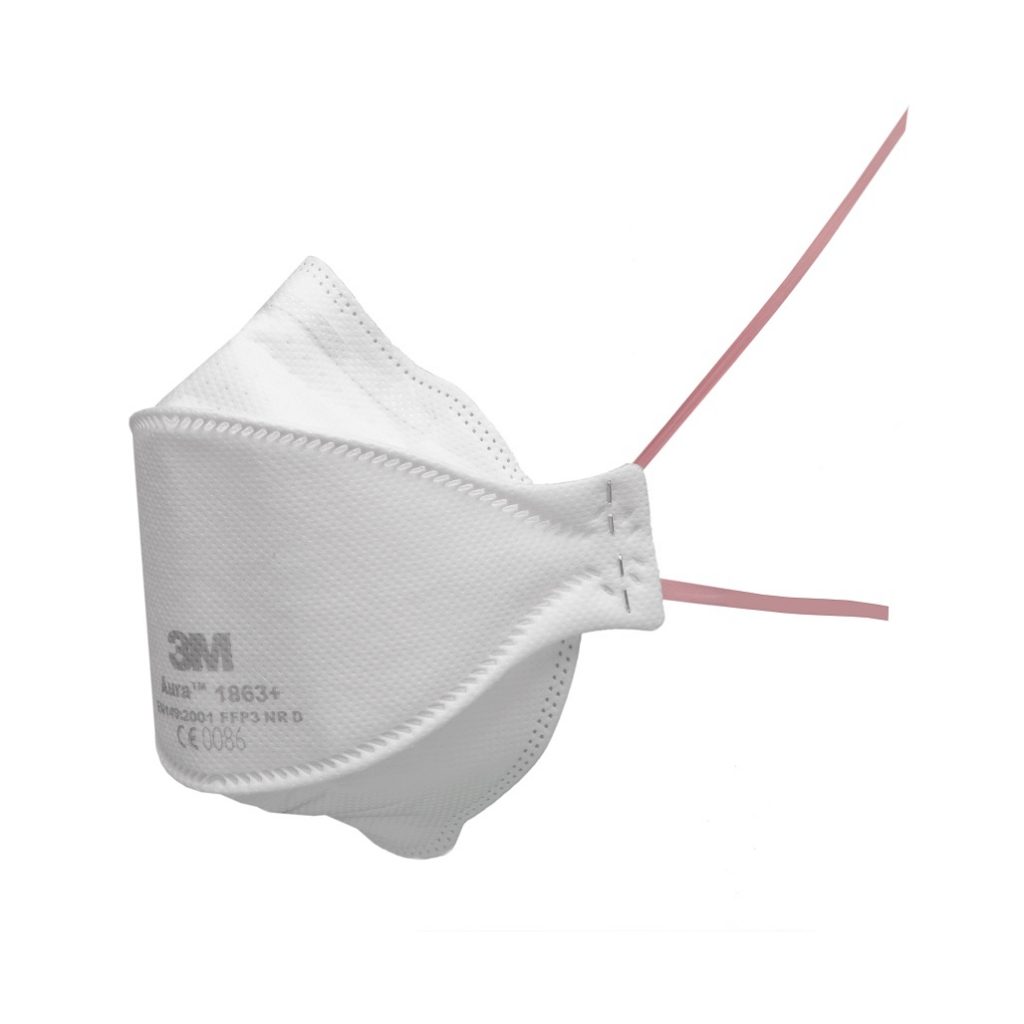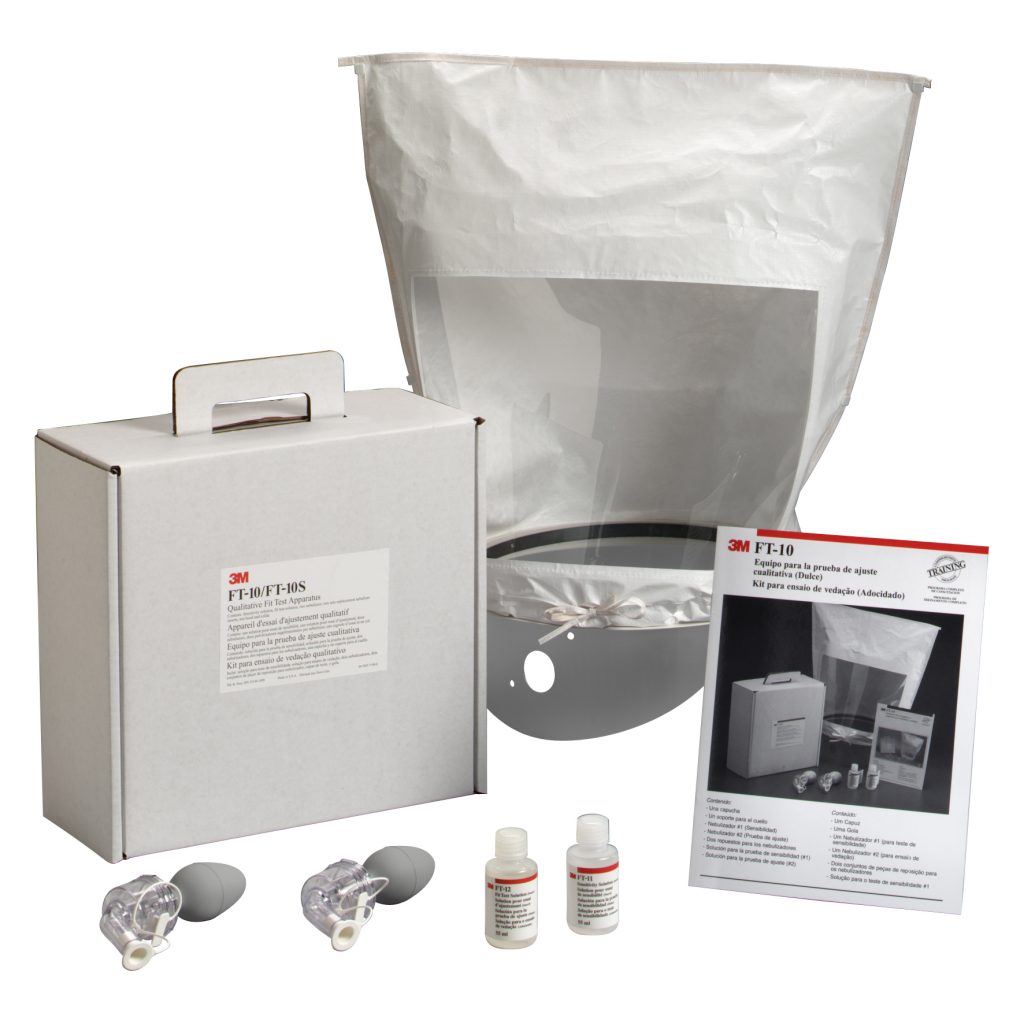Understanding your protective options
UncategorisedPosted by: Dental Design 7th July 2020

The situation in recent months has put Personal Protective Equipment (PPE) at the top of the list of priorities for dental professionals as they have returned to the practice. Ensuring that you continue to use the right products at the right times is integral to the safety of you, your patients and your colleagues. By understanding what to do and why you need to do it, you can effectively assess the risks and make informed decisions that will protect everyone around you.
When it comes to respiratory protection, FFP2 and FFP3 (Filtering Face Piece) masks are required during dental procedures, though surgical masks may be useful in other situations within the dental practice environment.
A note regarding AGPs
There has been a keen focus on aerosol-generating procedures (AGPs) in dentistry, with confusion regarding the level of risk they pose. At time of writing, initial recommendations and guidelines for getting back to practice included the avoidance of any AGPs in general practice. However, as and when they are re-introduced, assessing the risks and ensuring adequate protection for each situation will be key to the safety of the dental team. It is likely that this will mostly involve PPE, though other simple steps could be helpful. For example, a rubber dam and pre-procedural mouth rinses may help to reduce the risk of infection.[i] In fact, a rubber dam may significantly reduce bacterial contamination of the atmosphere – by up to 98.8%, 78% or 70-88%, according to different studies – at 1 metre away from the patient.[ii]
Concept of filtration
Regardless of the procedure or task being performed, understanding the basic concepts of filtration will help to ensure that you make the best decisions for you. Pathogens do not move freely in the air – they are attached to larger particles and they move around with them. If an obstacle is placed in the path of an airstream, these combined particles will move around the object, causing the airstream to bend and then come back to together on the other side of the obstacle.
Where the particle is larger than 1 micron, it will respond to the object slower than the air, avoiding deflection and therefore colliding with the obstacle. This is known as the Inertial Impaction Mechanism. In the case of droplets, these particles tend to be close to 10 microns, so they fall away from the airstream upon impact.
Particles that are less than a micron follow the airstream around an obstacle and are therefore most difficult to filter out. Coronavirus particles – or virions – are thought to be around 0.125 microns, ranging from 0.06 to 0.14 microns.[iii] In order to filter these virions from the airflow, respiratory masks are electrostatically charged. The material fibres attract any particles that are less than a micron, pulling them out of the airstream, which is known as the Interception Mechanism. In this way, respiratory masks are able to remove Coronavirus virions from the air being inhaled.
This electrostatic charge only lasts for a limited amount of time, which is why it’s so important to check the use-by dates on respiratory masks. This is another reason for these products being designed as single-use – re-using them without effective reprocessing may be unsafe.
The right product


FFP2 and FFP3 are healthcare particulate respirators that reduce the particles both inhaled and exhaled by the wearer, as well as being fluid resistant. They are fabricated from synthetic microfibres that are electrostatically charged. These fibres are randomly orientated and layered to maximise the effectiveness of the filter. FFP2 and FFP3 masks must be worn during high alert level / high risk dental procedures and have been deemed safe (though FFP3 is preferred) for use during AGPs.[iv] 3M Oral Care offers the Aura Particulate Health Respirator FFP2, Type IIR 1862+ (blue head strap) and the Aura Disposable Health Respirator FFP3, Type IIR, 1863+ (red head strap). These are both CE marked and come with full certification to demonstrate compliance with all the relevant standards.

It’s important to understand that non-valved masks will filter both inhaled and expired air, while those with valves will only filter during inhalation. It is also essential to ensure that all FFP2 and FFP3 masks are fit tested prior to wearing them. A tight seal must be formed for the masks to work efficiently. This should be tested on every appropriate member of staff as they return to the practice and remember – no jewellery, no facial hair, no make-up.
Surgical masks offer less protection, but may be useful during consultations or for non-clinical members of staff. These products reduce particulates being expelled to prevent the spread of any pathogens and are fluid-resistant. 3M Oral Care also provides high quality surgical masks and splash resistant surgical masks, as well as a Triple Layer Molded Face Mask, to suit all preferences. Plus, Cavilon no sting barrier film from 3M protects the skin from moisture and friction while donning and doffing masks all day.
Stay safe
We might no longer be staying at home, but it important that we stay safe. As dentistry comes back to life, understanding your protective options and making use of the right solutions will give you, your colleagues and your patients peace of mind.
For more information, or to request a video call with your local representative, call 0800 626 578 or visit 3M.co.uk/dental-ppe
END
3M, Aura and Cavilon are trademarks of the 3M Company.
[i] Harrel SK, Molinari J. Aerosols and splatter in dentistry. JADA. April 2004; 135 (4):429-37. doi: 10.14219/jada.archive.2004.0207.
[ii] Tag El-Din AM, Abd El-Hady Nagwa. Efficacy of rubber dam isolation as an infection control procedure in paediatric dentistry. Eastern Mediterranean Health Journal. 1997; 3(3) http://www.emro.who.int/emhj-volume-3-1997/volume-3-issue-3/article16.html
[iii] Maier HJ, Bickerton E, Britton P. Coronaviruses: An overview of their replication and pathogenesis. Fehr AR, Perlman S. Coronaviruses: an overview of their replication and pathogenesis. Methods Mol Biol. 2015;1282:1‐23. doi:10.1007/978-1-4939-2438-7_1
[iv] FGDP(UK) Implications of COVID-19 for the safe management of general dental practice A practical guide . June 2020. https://www.fgdp.org.uk/implications-covid-19-safe-management-general-dental-practice-practical-guide [Accessed June 2020]
No Comments
No comments yet.
Sorry, the comment form is closed at this time.



